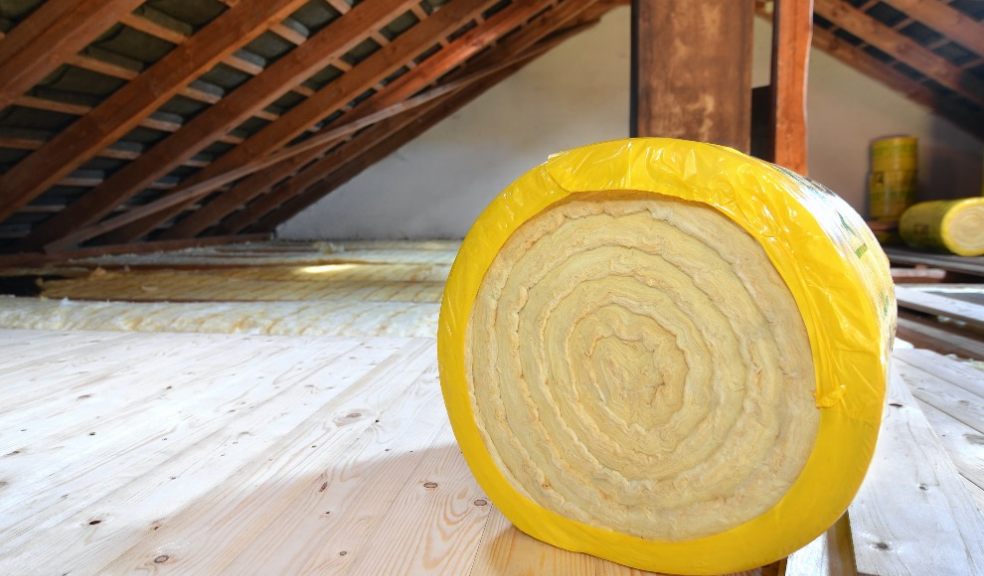
Seven ways to be more energy-efficient at home
Being more energy-efficient at home not only helps you and your family be kinder to the environment, but it’ll also benefit your bank balance. Energy efficiency is something that more and more people are striving towards these days thanks to the undeniable benefits. And the good news is that taking just a few simple steps like turning your heating down or using a lower washing machine or dishwasher setting can have a huge impact on the amount of energy that your household uses and the amount of money that you spend on your utility bills. We’ve put together ten of the top ways for you to reduce your carbon footprint at home and bring your energy bills down in the process.
Upgrade Your Boiler
If your boiler is over ten years old, then chances are that it’s no longer as energy-efficient as it once was. And the fact is that older boiler models simply cannot compete with the newer, modern energy-efficient options that are available today. Even if your boiler has not started to show any obvious signs of damage just yet, it’s worth considering a replacement if it is getting old, as a boiler that’s low on efficiency could be adding a significant amount of money each year to your energy bills, making getting an upgrade a very cost-effective move in the long term.
Since boilers account for around 60% of the carbon dioxide emissions in gas-heated homes, upgrading to a more efficient model could also help to drastically reduce your home’s impact on the environment. Check out boilercentral.com to find out more about a new boiler cost. You can use this comparison site to find out the boiler cost for a variety of different models that are suitable for your home. Get the latest boiler cost 2020 rates from boilercentral.com and find a model within your budget.
Get Insulation
If your home does not have loft or cavity wall insulation, or they are poorly insulated, this can be a major cause of energy wastage. Upgrading your loft insulation is an ideal move to make if you want to be more energy-efficient at home, allowing you to save between £120-£225 every year depending on the type of property that you have and the area that you live in. If your property does not have any loft insulation at the moment, you may be able to take advantage of government grants to get it done for free.
Upgrade Your Windows
Do your windows get draughty when you stand near them? If your room always feels cold and draughty when your windows are closed, this could be a sure sign that you need to upgrade to a more energy-efficient option. Double- or triple-glazing is a wise idea as this will ensure that heat is trapped better inside your home along with keeping noise from the outside to a minimum. Upgrading the sealant around your windows means that there’s a lower chance of rooms getting draughty, leading to your central heating system working harder to keep it at the optimum temperature.
Switch Energy Providers
One of the easiest ways to start saving money on your energy bills is to shop around and find the cheapest option for you when it comes to energy tariffs. Bear in mind that since the price of gas and electricity fluctuates quite often, you may no longer be taking advantage of the best price even if you only switched to your current tariff just a few months ago. You might find it useful to take advantage of a service like Look After My Bills that will automatically switch you onto the cheapest tariffs available. Use comparison sites regularly and sign up for alerts to ensure that you’re not paying any more than you need to for what you use.
Monitor your energy consumption
Are you aware of how much energy you are wasting at home? Investing in an energy monitoring tool will make it easier for you to find out. You can usually purchase these for less than £50, although you may also be able to get one free of charge from your gas and electricity provider. Place an energy monitor somewhere that is easy for everybody to access and see it on a regular basis like in the kitchen. It’s worth getting one that works out how much your energy use is costing so that you can easily determine where you can make cutbacks in order to save.
Save water
While most people consider energy saving by using less gas and electricity around the home, don’t forget about how much water you are wasting too. Baths typically waste a lot of water, so taking a shower is certainly the eco-friendliest option, but are you using more water than you need to get washed? Some power showers actually use more water than an entire bath would in just five minutes, so if you like to take long showers, you’re probably using more energy than you realise. A water-saving showerhead is a great way to reduce the amount of water you’re using without having to give up your shower time.
Upgrade to energy efficient appliances
If you’ve had your kitchen appliances for quite some time, chances are that they’re using more energy than they need to be. Over time, appliances like washing machines and dishwashers can become less and less energy-efficient, leading to higher energy bills every time that you use them. It might be time to consider upgrading to greener, modern appliances that use as little energy as possible with each use. Wherever possible, consider using your appliances on the ‘eco’ setting which is designed to get the best results while using a minimum amount of energy and water. Getting appliances serviced regularly will also help to prevent energy wastage over time and enable you to maximise their lifespan.
When it comes to being more energy-efficient at home, there are several changes that you can make to reduce your energy consumption, be kinder to the planet and save a lot of money on your monthly bills.













